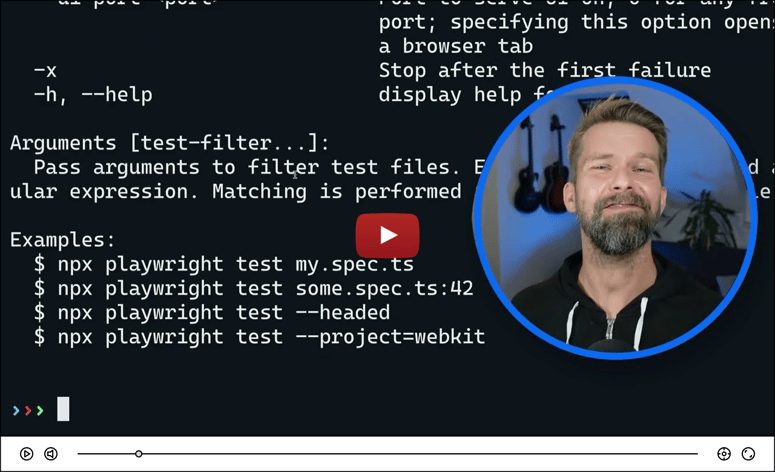The latest FalkorDB release focuses on optimizing resource utilization, reducing memory footprint, and accelerating query execution.
With a memory efficiency that outstrips Neo4j—requiring 7x less memory to manage the same dataset—version 4.8 empowers users to handle complex graph workloads with unprecedented scalability and cost-effectiveness.
Key highlights of the release include:
- 42% Memory Reduction: Enhanced memory management allows for larger graph deployments on compact hardware, broadening accessibility for enterprises and developers.
- 65% Faster Aggregations: Optimized functions like COLLECT cut processing times significantly. In benchmark tests with the query UNWIND range(0, 1000000) AS X RETURN x % 1024, collect({x:x, minus_x: -x}), v4.8 reduced execution time by 65%.
- Full-Text Edge Indexing: New support for full-text indexes on edges enhances search functionality and enables more sophisticated graph traversals based on relationship properties.
- GraphBLAS Upgrade: Integration of a new GraphBLAS version with 32-bit matrix indices support.
Check it out (Start free): FalkorDB Graph Database





Top comments (1)
I'd add that Aggregations in general have been improved. For example, the COLLECT function has been optimized to reduce the time it takes to collect items in a list. For example, in tests using the query UNWIND range(0, 1000000) AS X RETURN x % 1024, collect({x:x, minus_x: -x}), version 4.8.3 showed a 65% reduction in processing time.